I wanted to subtract two images pixel by pixel to check how much they are similar. Images have the same size one is little darker and beside brightness they don't differ. But I get those little dots in the result. Did I subtract those two images rigth? Both are bmp files.
import java.awt.image.BufferedImage;
import java.io.File;
import javax.imageio.ImageIO;
public class Main2 {
public static void main(String[] args) throws Exception {
int[][][] ch = new int[4][4][4];
BufferedImage image1 = ImageIO.read(new File("1.bmp"));
BufferedImage image2 = ImageIO.read(new File("2.bmp"));
BufferedImage image3 = new BufferedImage(image1.getWidth(), image1.getHeight(), image1.getType());
int color;
for(int x = 0; x < image1.getWidth(); x++)
for(int y = 0; y < image1.getHeight(); y++) {
color = Math.abs(image2.getRGB(x, y) - image1.getRGB(x, y));
image3.setRGB(x, y, color);
}
ImageIO.write(image3, "bmp", new File("image.bmp"));
}
}
Image 1

Image 2

Result